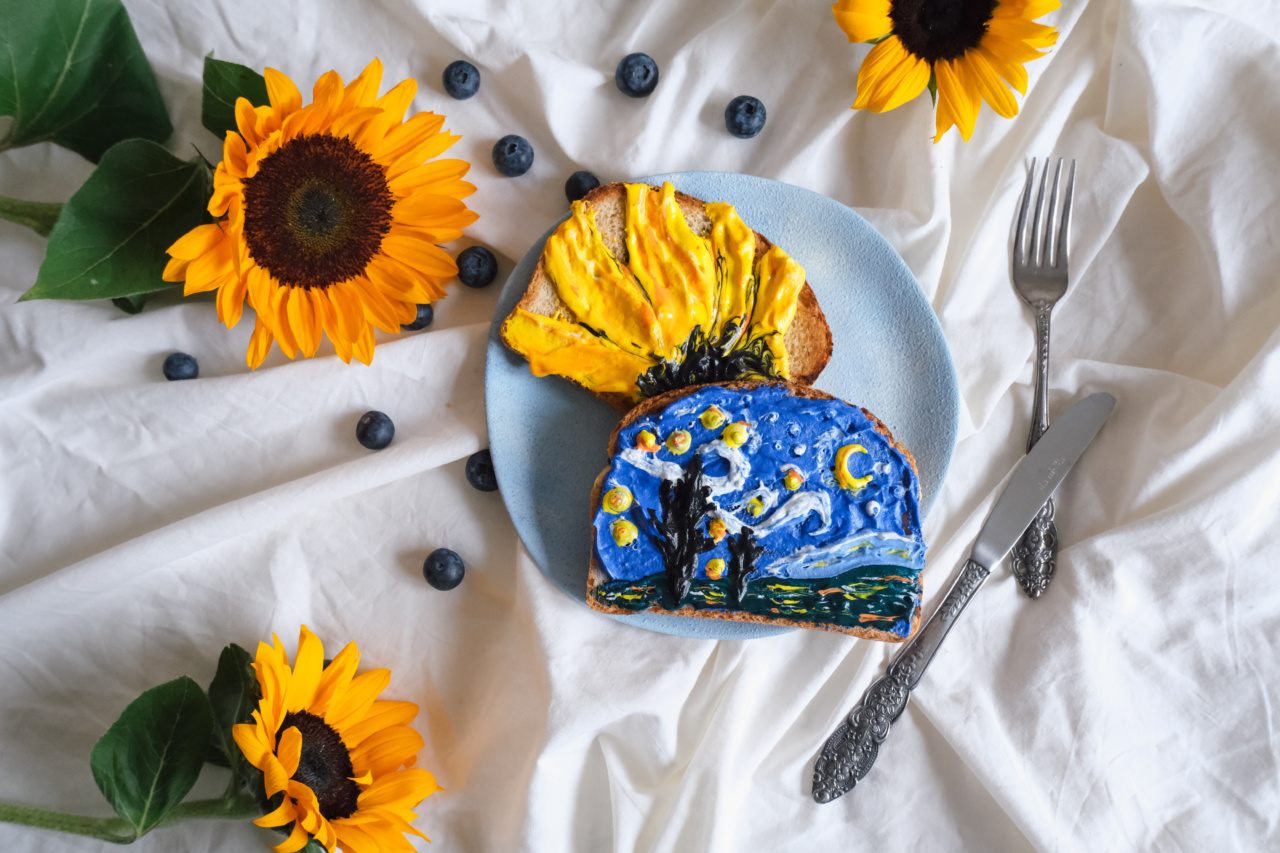Gluten, a protein composite found in wheat and related grains, has gained significant attention in recent years. Many individuals have adopted a gluten-free lifestyle due to allergies, intolerances, or simply as a dietary choice.
While bread is often associated with gluten, it is important to note that gluten can be found in various unexpected sources as well. Uncovering these hidden gluten sources is crucial to truly adhere to a gluten-free diet. In this article, we will explore some surprising places where gluten may hide.
1. Sauces and Condiments
The ingredient list on your favorite sauces and condiments should be carefully scrutinized if you are following a gluten-free diet. Many commercially available soy sauces, salad dressings, and gravies contain gluten as an additive or thickener.
Check for terms like wheat, barley, and rye, or look for products specifically labeled as gluten-free.
2. Soups and Broths
Gluten can be lurking in soups and broths, which are often thickened with wheat flour or other gluten-containing grains. Canned soups, bouillons, and even some homemade stocks may contain gluten.
Reading labels or making your own gluten-free versions is essential to avoid hidden sources of gluten.
3. Beverages
While it may come as a surprise, certain beverages can also contain gluten. Beer is a well-known source of gluten, but other alcoholic beverages may also harbor this protein.
Some pre-made mixed cocktails, malt beverages, and certain flavored coffees or teas can contain gluten. Always read labels carefully or opt for gluten-free alternatives to ensure your beverage choices are safe.
4. Processed Meats and Deli Products
Processed meats like sausages, hot dogs, and deli meats often contain gluten as fillers or binders to enhance texture and flavor.
Some manufacturers use wheat-based fillers in their products, making it important to select gluten-free alternatives or opting for fresh meats from the butcher.
5. Snack Foods
When reaching for a snack, be cautious of hidden gluten sources. Many packaged chips, pretzels, and even flavored nuts can contain gluten. Always check the ingredient list for potential gluten-containing grains or look for options labeled as gluten-free.
6. Medications and Supplements
Gluten can be found in unexpected places, including medications and supplements. Some manufacturers use gluten as a binder in pills or as an ingredient in certain medications.
Individuals with gluten sensitivities or celiac disease should consult with their healthcare provider or pharmacist to ensure their medications and supplements are gluten-free.
7. Cosmetics and Toiletries
Gluten can even creep into your cosmetics and toiletries. Some lipsticks, lip balms, toothpaste, and shampoos may contain gluten.
While the risk of ingesting gluten from these products is generally low, individuals with extreme sensitivities might prefer to choose gluten-free options to avoid any potential issues.
8. Cross-Contamination
Even if a product itself is gluten-free, cross-contamination can still occur during manufacturing or preparation. This is especially common in shared facilities or kitchens where gluten-containing and gluten-free products are produced or handled.
Always be cautious and look for products that specifically mention being produced in dedicated gluten-free facilities to minimize the risk of cross-contamination.
9. Modified Food Starch
Modified food starch is often used as a thickener or stabilizer in various food products. While it can be gluten-free, it may also be derived from gluten-containing grains.
If you have concerns about the source of modified food starch, opt for products that explicitly state they are gluten-free.
10. Non-Food Items
Gluten can also hide in non-food items that you come into contact with. Some examples include Play-Doh, certain glues, and even certain types of envelope adhesive.
Individuals with severe allergies or sensitivities should consider these potential sources of gluten and avoid them when necessary.
Uncovering hidden gluten sources goes beyond just avoiding bread. By carefully examining labels and being aware of potential sources of gluten, you can confidently follow a gluten-free lifestyle.
Whether it’s checking sauces and condiments, being cautious of cross-contamination, or considering non-food items, being gluten-free requires attention to detail and knowledge about hidden sources of gluten.






























